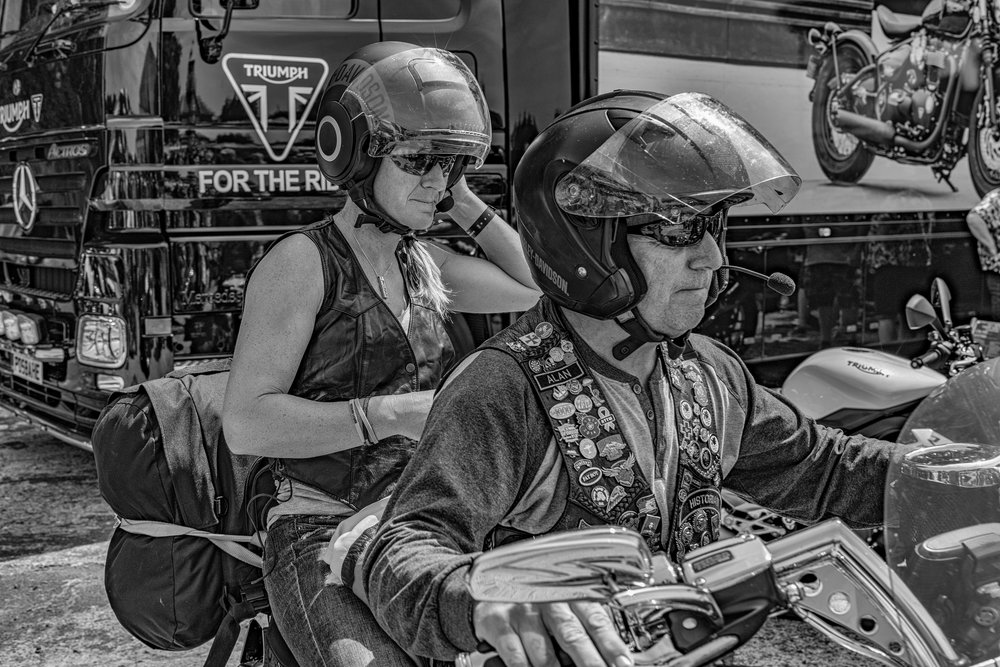
I was tempted to take a week off from Macfilos because of the continuing hot weather, which will be confirmed by readers in the UK. It’s far too tempting to be out in the sun, walking, grabbing the odd shot, instead of sitting behind a desk pounding out blog posts. I’m almost wishing for a day of torrential rain so I can get down to some real work. Still, I’m tempted to take a break later this week. it’s a wonder Steve Huff manages to stay so chipper with the heat in Phoenix.
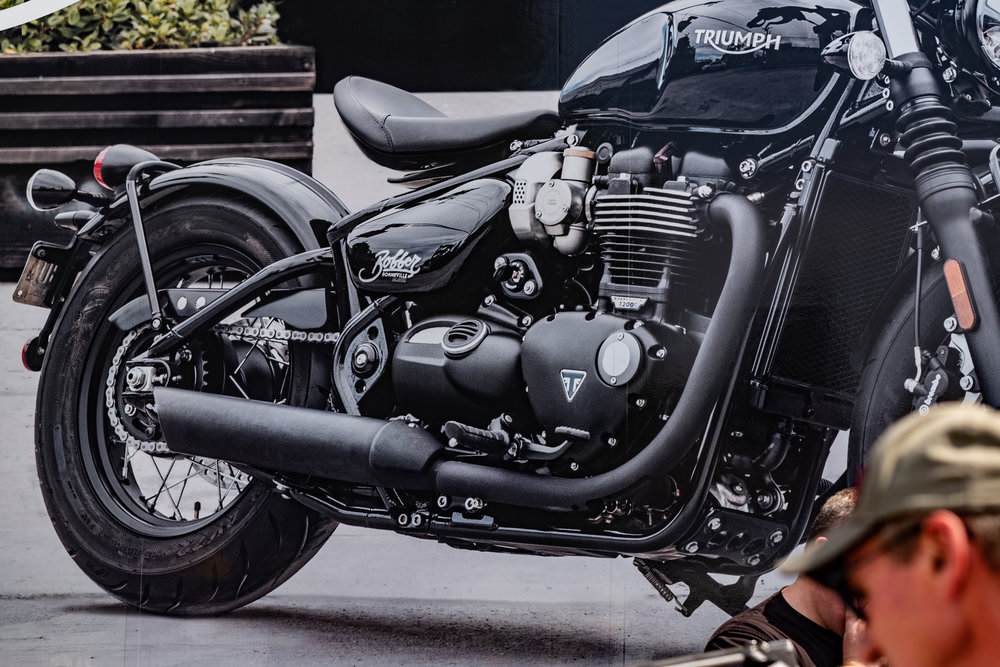
Last Sunday was another blistering day in what so far as been the best summer I can remember. It was the annual motorcycle event at Brooklands Museum and, since I love capturing the detail of motorcycles and their engines, I made the supreme effort of going, despite the muggy heat. I decided the event would be a good opportunity to do some back-to-back testing of manual focus lenses with the aid of an electronic viewfinder. It was also a full-frame fest with the Leica M10 and the Sony a7III.
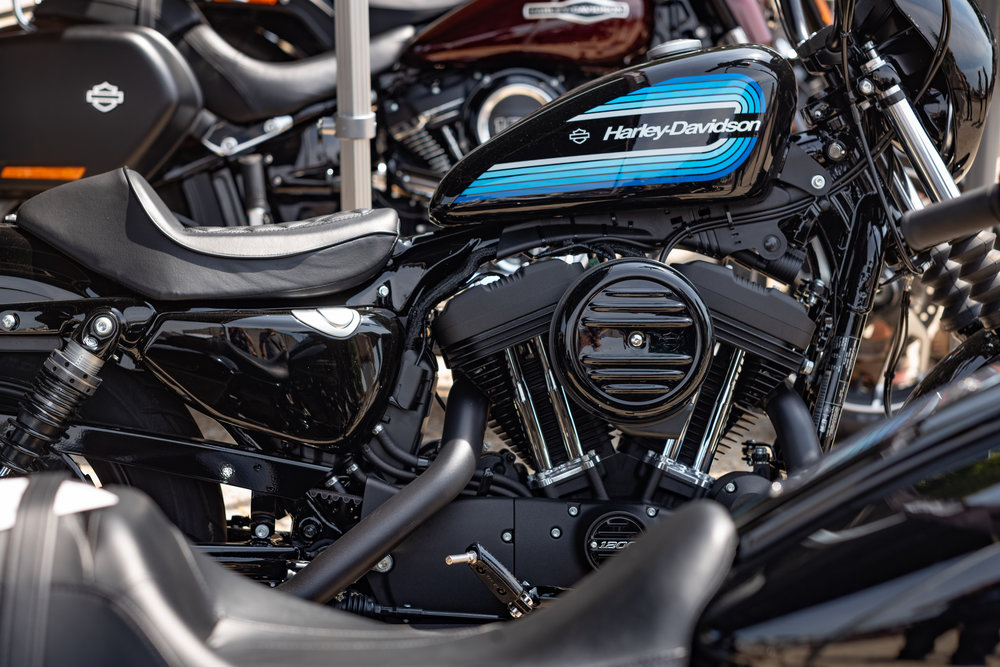
To provide a choice of focal two lengths, I mounted the Voigtländer 40mm Nokton f/1.2 on the Sony and the 75mm Apo-Summicron f/2 on the Leica. The Leica was also wearing the Visoflex EVF to provide a similar experience to using the Sony. With the 75mm and longer focal lengths, I find using the EVF is easier than the rangefinder since it’s easy to forget to keep the scene within the rather small 75mm framelines. The bigger frame of the EVF makes the job easier, all things being equal.
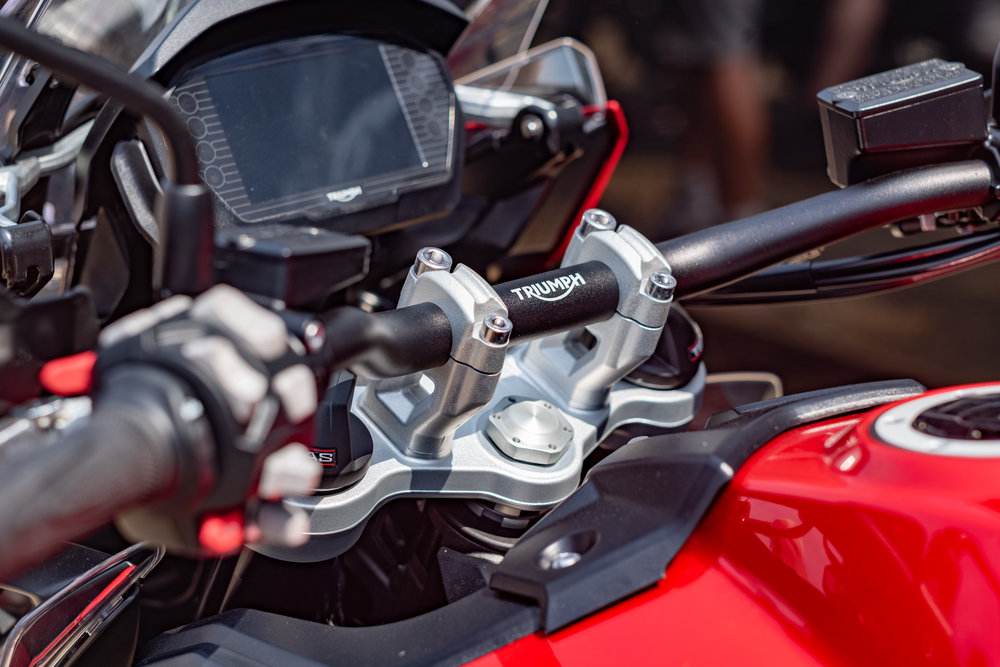
In general, however, I much prefer using the M10 in rangefinder mode; it seems quicker to achieve focus. And, after experiencing more modern and snappy EVFs such as those in the Leica SL, Panasonic Lumix G9 and the latest Sonys the performance of the Leica Visoflex (which was probably designed four years ago and came to the market with the original Leica TL in 2015) is now poor. In particular, there is a frustratingly long blackout after every shot. It’s probably less than a second but feels more like three seconds. The Sony’s viewfinder, by contrast, is bigger, brighter and the blackout following a shot is so short that it is virtually undetectable.
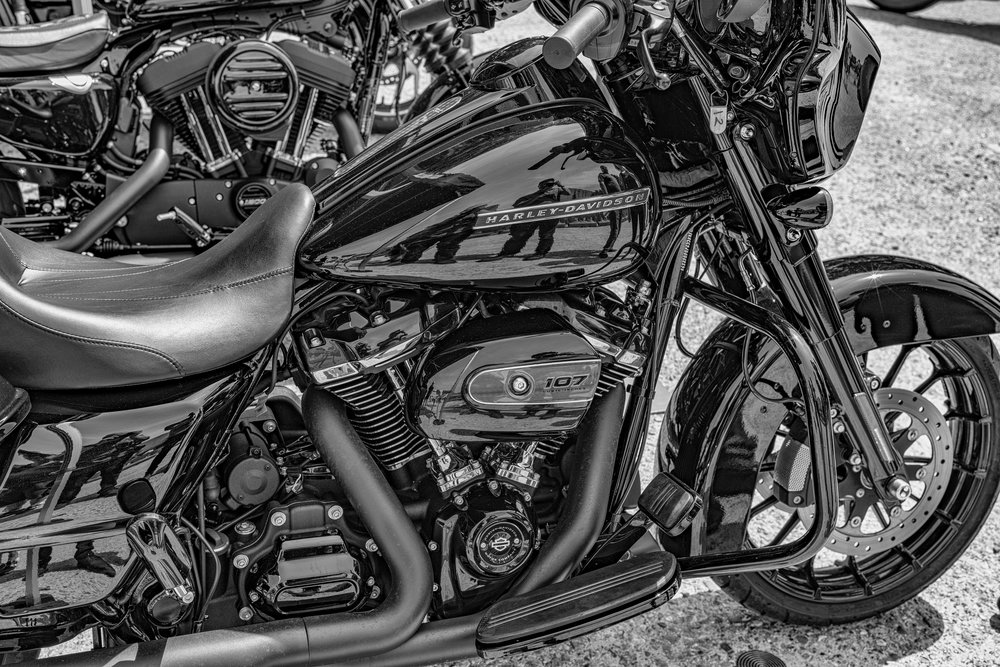
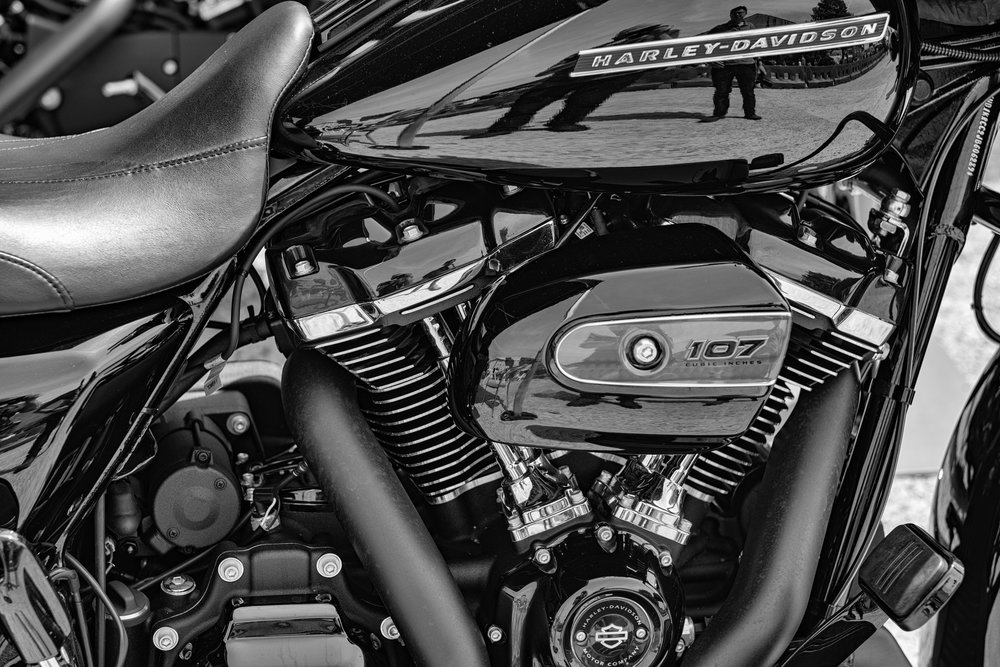
I had installed the latest M10 firmware and the camera is now able to report a full set of exposure details, including a very good estimate of the chosen aperture.
The Voigtländer Nokton is the E-mount version which works impeccably with the Sony. Not only does it transmit full exposure details to the camera, it senses movement in the focus ring to bring up focus aids — which in my case, by choice, is magnification only. The experience with the M10 and the 75mm f/2 is similar in that movement of the focus ring brings up magnification. It’s worth bearing in mind that only Leica rangefinders can perform this trick. If you use a manual Leica-M lens on any other mirrorless camera, including the Sony, the SL and the CL, it is necessary to initiate focus aids by pressing a button. It’s a complication that I can do without — so Sunday’s experience was made a lot easier by the choice of cameras.
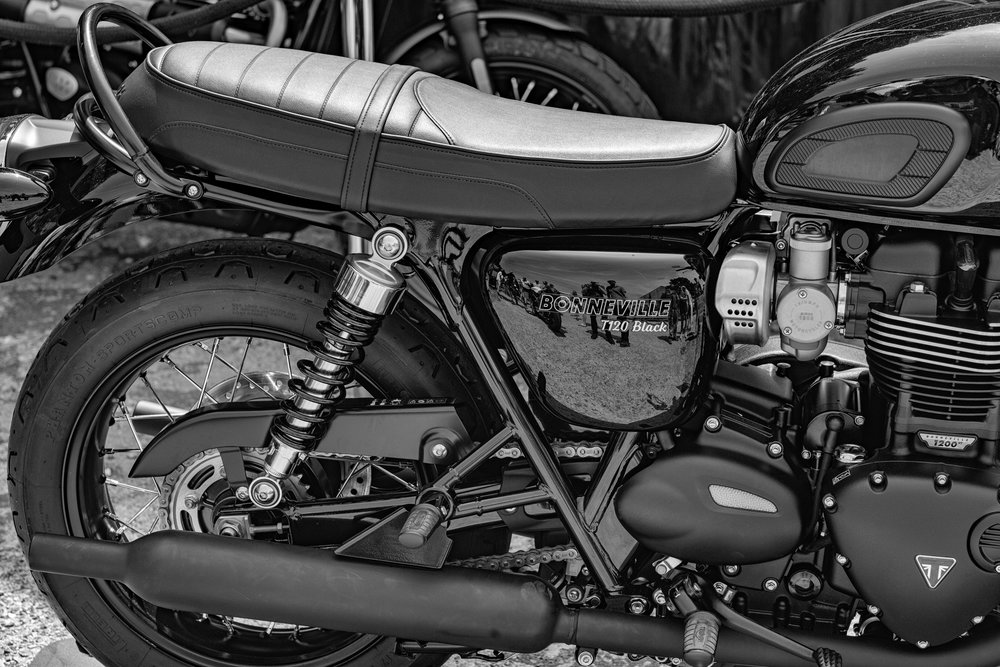
The Sony and the Nokton-E turned out to be much easier to handle, quicker to focus and ergonomically perfect. However, while the M10 with the Visoflex is a bit of a kludge and cannot compare with the Sony experience, the Visoflex does have one important trick — it can be tilted upwards for the TLR-style view which is particularly useful for capturing low scenes such as the motorcycle engines in this article.
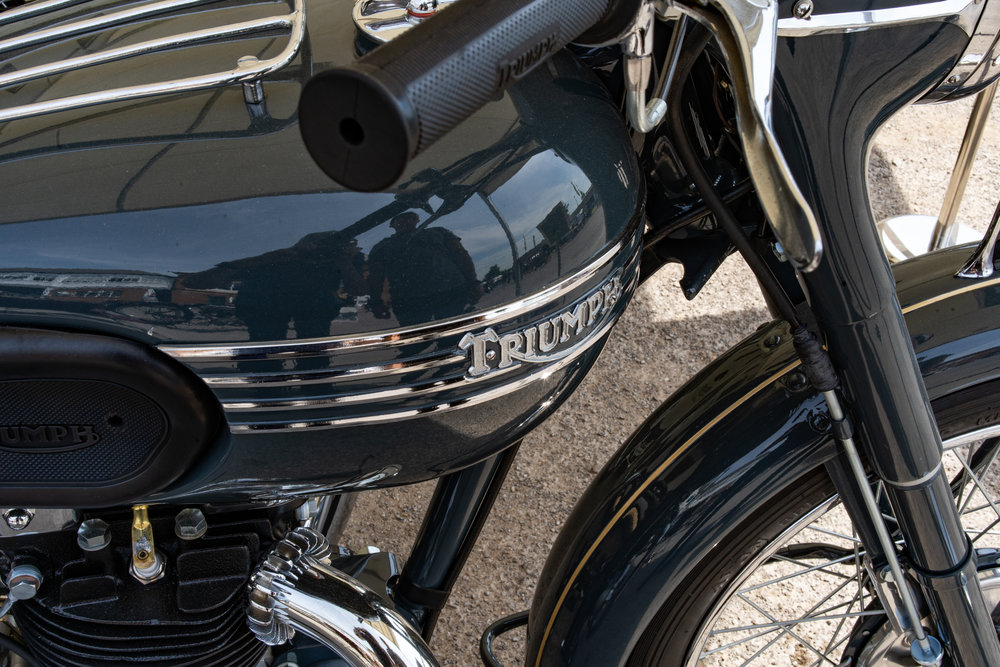
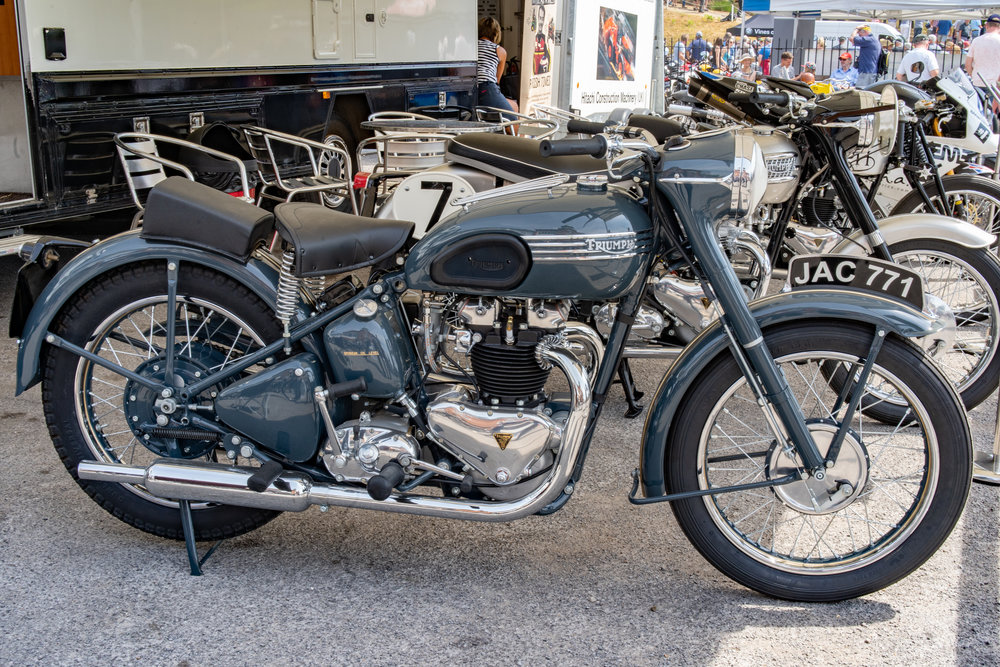
At the end of the session I was dismayed by the lacklustre performance of the ageing Visoflex. It just cannot compare with the latest finders. In practice, apart from that tilting trick, I much prefer using the M10 with the rangefinder. I think I would have enjoyed the experience much more.
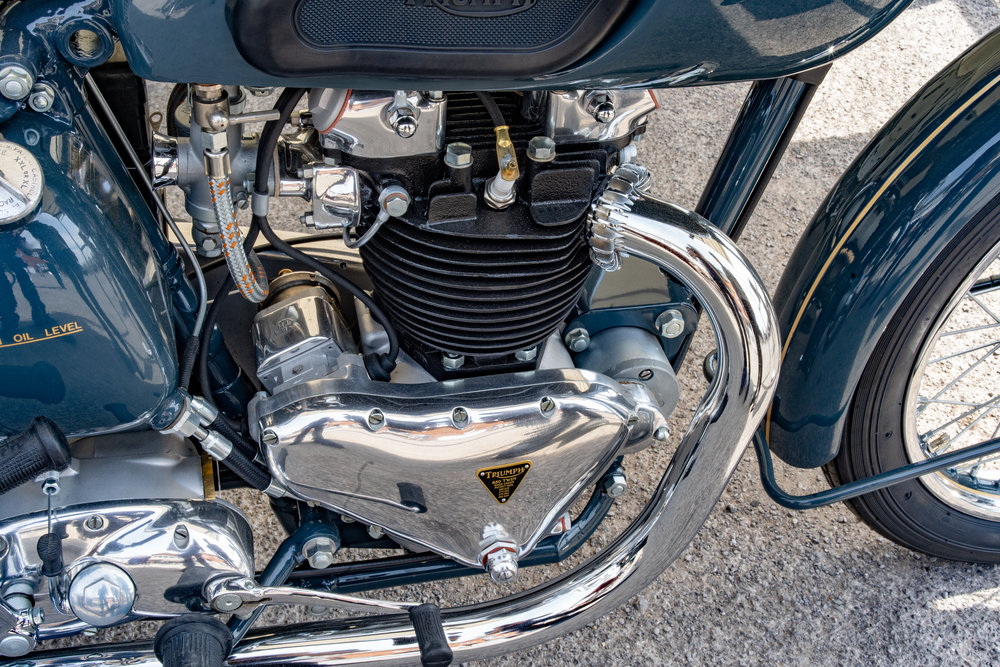
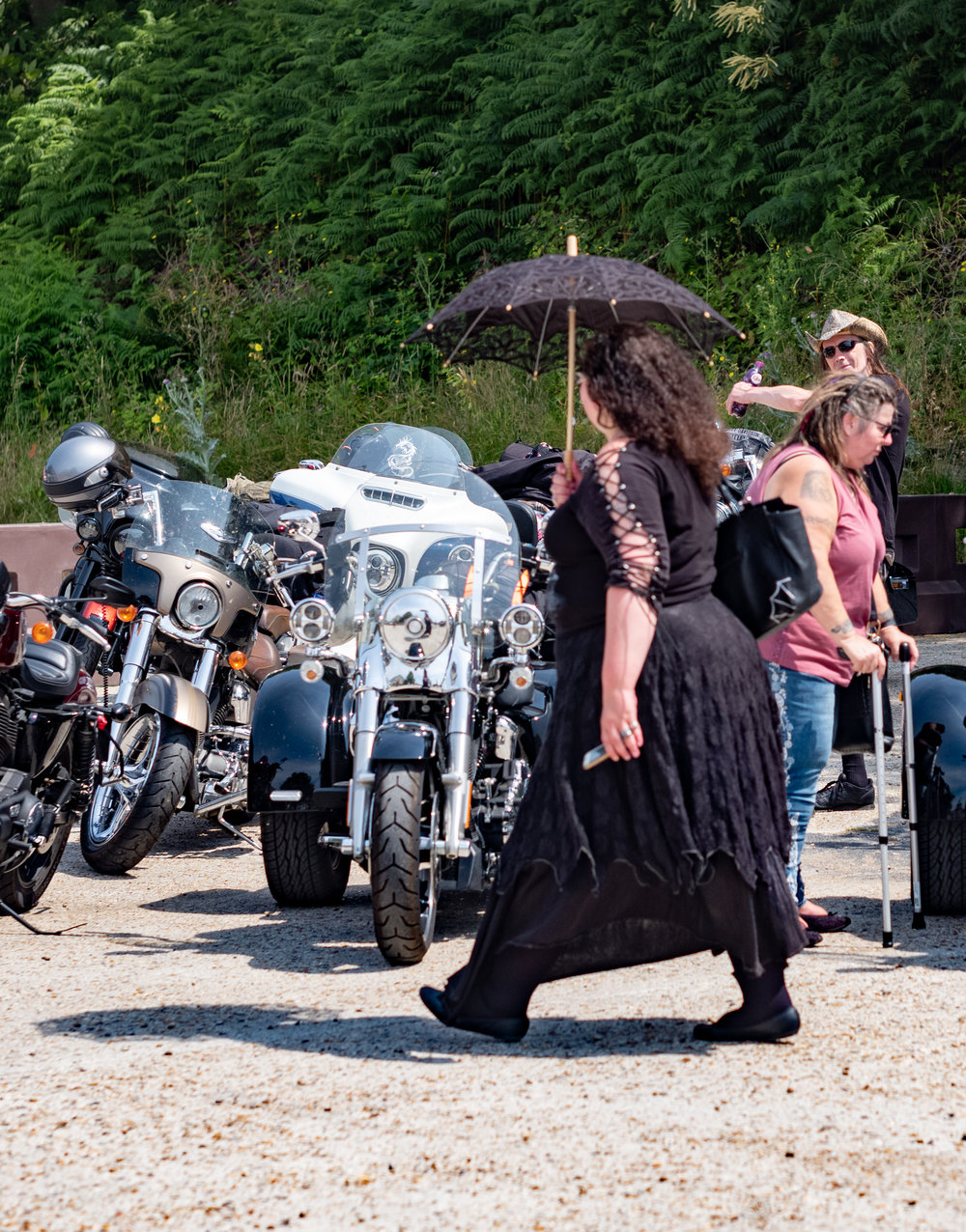
The Sony A7III continues to impress with its performance, even though I have not tried it with any autofocus lenses. I’ve used it with a number of M-mount lenses, including the 21mm Super-Elmar and the compact 50mm Zeiss f/1.5 Sonnar and have no complaints. I’ve heard reports of incompatibility with some older (especially wider) lenses, but I am quite happy. The only snag, as I highlighted earlier, is that you need to press a button (which you can choose and programme) to bring up the magnification. That said, the viewfinder of the Sony is so bright and usable that magnification is not as necessary as it is with the Visoflex.
I love manual focus lenses and thoroughly enjoy using M lenses on both the rangefinder (especially) and on mirrorless cameras from m4/3 up to the SL. But the integration of the Voigtländer Nokton (and the 65mm f/2 Macro Apo-Lanthar which I am also using) is just sublime. While both these E-mount lenses are large in comparison with equivalent M-mount lenses, the ease of use with the Sony’s EVF is in a different league.
As for the Leica Visoflex, it is now outgunned on all fronts. It is hard to see how it can hold out for the current M10 life cycle. Since there is no proprietary plug (as there was on the M240) it should be possing for Leica to introduce a much-improved version of the Visoflex for use with the M10. It is needed.
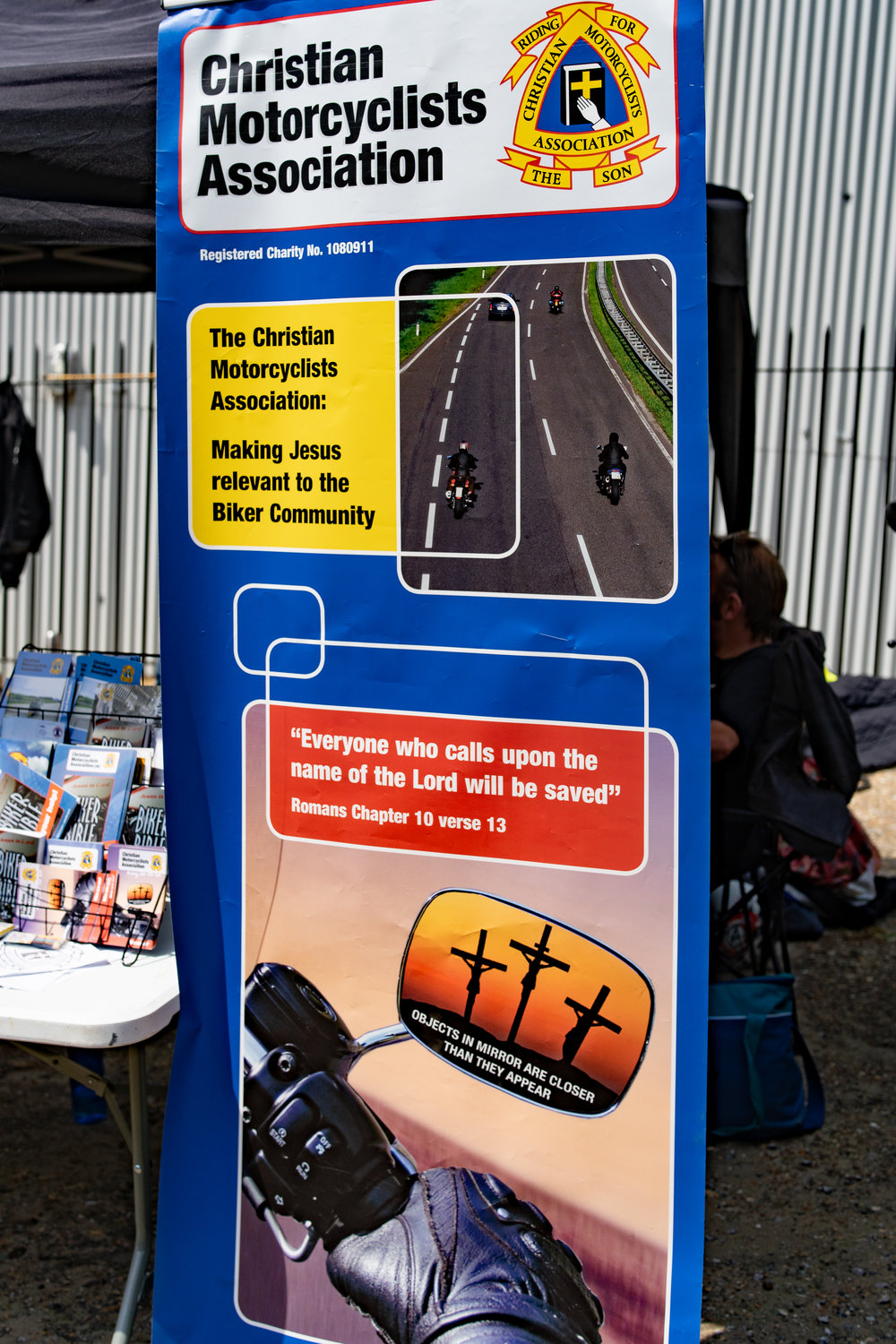
- Subscribe to Macfilos for free updates on articles as they are published
- Want to comment on this article but having problems?

How nice is that Triumph Thunderbird? Wha.
I’m supremely jealous, Mike.
Not of the camera’s, but of the bike show! I’d love to go to a gathering at Brooklands.
The Trumpy Bobber pic is probably my favourite of that set. Nicely done.
On EVF’s, there’s no doubt that current tech makes all previous tech seem decidedly second (third, fourth….) rate. Its one of my major issues with finding a successor to the Gx8. I just cant tolerate the lesser EVF in the Gx9, especially after being further spoilt by the G9, and so Panasonic have missed a sale there.
Though i do think that an EVF for an M series Leica is probably totally superfluous. I’d be buying one for the optical rangefinder, at the end of the day. Actually, i’ve recently started using a couple of fuji’s purely for the optical viewfinder experience again.
The visoflex was why I sold my M. It was crap when the M was released. I loved the rangefinder for general use but focal lengths outside 35 and 50 and wide aperture were better served with an evf in my personal opinion and I wanted only one camera system. The visoflex was not really integrated into the M and the thing went vertical at inconvenient moments so I finally just glued it down. Then I had to gaffer tape the optical adjustment on it as it moved easily. It removed the elegant beauty of my M and was embarrassing for Leica badgers to see. And then they premium priced it over the Epson compatible unit just to have Leica on it. It was better than nothing but Leica should be ashamed of this – and it has cost them customers such as me who used to own Leica 18 mm, Leica 35 1.4, Leica 50 1.4, Leica 75 1.4, Leica 90 2.8, Leica 135Apo.
I have the EVF for the M10 but I have rarely used it. I don’t like the way that it swivels up unannounced and I have put on a piece of Blu-Tack to stop this. The real reason why I don’t use it, though, is that I prefer the OVF for normal lenses and with wide-angle lenses I much prefer the Leica ‘Frankenfinder’ which is large and ugly, but gives the most marvellous view of any viewfinder (and I have used many) I have ever used. In addition, if you want it, it has a spirit level inside the viewfinder. It also has parallax controls for various distances. It is clearer than any Leica in-camera OVF and, of course, it has frame lines where you can see both inside and outside the frame and make adjustments for composition. It does not have any focus mechanism as it is basically just a multi-finder for wide-angle lenses. You must remember to set focus in advance.
This still leaves me with issues for telephotos, but I rarely use such lenses. If I want long reach I will go for an autofocus system, which, in my case, is Fujifilm.
EVFs for manual focus are still a work in progress, I believe, but they have improved a lot in recent years. They would need to become very good to replace my ‘Frankenfinder’, however.
William
I think that the Visoflex is fine for some applications, such as wide-angle framing or off-centre focusing with fast lenses. It is unlikely that I would be shooting quickly in either circumstance.
The frame blackout is annoying, and is likely caused by the combination of shutter movement and then data readout from the sensor (ie the M10itself). The sequence is something like: shutter close, shutter open (start exposure), shutter close (end exposure), read-out-sensor, shutter open (EVF resumes). The problem is Leica’s sensor design, which seemingly has neither an electronic first curtain nor a decent read-out speed. The camera engineering is on a par with my GF1 from 2009, unlike the state of the art Sonys.
That said, the Visoflex is useful to me. The view is clear and the tilt helpful. Aside from the blackout, my main issue is the moronic hot shoe design – which blocks the shutter speed dial and which lacks anything to lock it in place on the body. It is a third rate mechanical design that sits incongruously with its premium price tag.
Mark, Some very well made points here. When I think about it, the blackout is almost certainly camera related and not specific to the Visoflex which is only relaying the signals it receives from the camera.
I entirely agree with the design issue you raise. As you say, it does block the shutter-speed dial — in particular, the setting line — and it has a tendency to fall off (when putting the camera in a bag, for instance) or slide out of contact by a fraction. It definitely lacks a lock feature. On the whole, perhaps I’ve been a little harsh on the Visoflex, particularly if you regard it as an occasional helpmate with specific lenses. But I still think there is room for an improved design which could fit all M10s.
Back to the blackout issue, I don’t have the latest TL2 to hand and it will be interesting to see if the blackout is as long — or perhaps much shorter — with that camera which is an entirely different electronic design.
I nearly decided to buy a visoflex last month. Having read your article, I am giving up the idea completey. Thanks !
Thank you for the comparison.
To my eye, the leica images look much more tri-dimensional.
Am I wrong?
Umberto
No, not necessarily wrong, but the focal length has to be taken into account. The longer 75mm Apo-Summicron could help produce this effect but I don’t really see it. I think both rigs work well and it’s hard to choose a winner. The Sony does extremely well, particularly considering that it is a "cheap" camera and lens compared with the Leica.